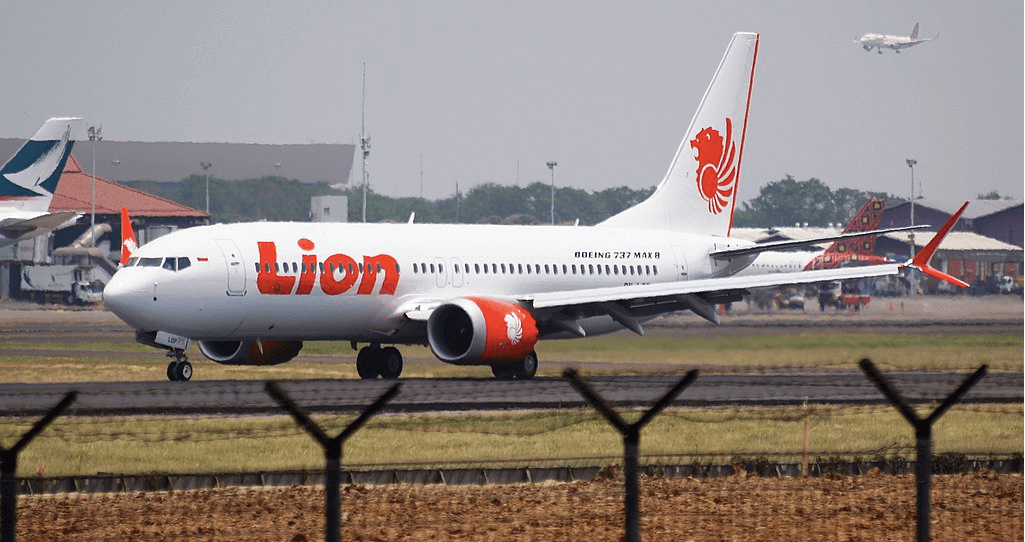The causes of the Lion Air flight 610 crash that killed 189 people off the coast of Indonesia in October reach back nearly 10 years, reports The New York Times in a new exposé. Though the crash investigation is still underway, the paper examined the trail of decisions that brought the Boeing model involved in the crash—the 737 MAX—to market, and how they ultimately proved fatal.
Back in 2010, Boeing abruptly announced the new 737 line in response to its chief rival, Airbus, unexpectedly planning a new, more fuel efficient version of its A320 line. To keep costs low and speed the model to market, Boeing and the FAA worked together to allow the 737 MAX to be added to airline fleets without pilot retraining. But a software change in the flight control system of this latest version of the 737 made a critical change to how the plane’s autopilot would respond. The change could lead to the plane stalling during certain conditions, which is what the initial evidence suggests was the cause of the Lion Air flight 610 crash.
“Many pilots feel the training was inadequate, and therefore it appears to me that Boeing, the F.A.A., the airline training centers and possibly the unions themselves are culpable for the incident that happened,” 737 captain John Barton told the Times.
Thanks for reading InsideHook. Sign up for our daily newsletter and be in the know.



















